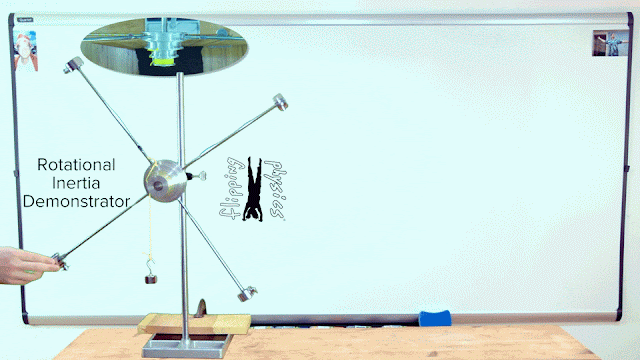Demonstrating Rotational Inertia (or Moment of Inertia)
In order to understand rotational inertia, we should first review the equation for rotational inertia of a system of particles:
The rotational inertia of a system of particles equals the sum of the quantity of the mass of each particle times the square of the distance each particle is from the axis of rotation. While the Rotational Inertia Demonstrator does not appear to be a system of particles, the equation for the rotational inertia of a system of particles helps us to understand how the rotational inertia of the demonstrator changes when we adjust the locations of the four adjustable masses. The closer the four adjustable masses are to the axle, or axis of rotation, the smaller the “r” value in the rotational inertia equation and the smaller the rotational inertia of the demonstrator.
...This post is continued on my Flipping Physics page!




Comments
Post a Comment